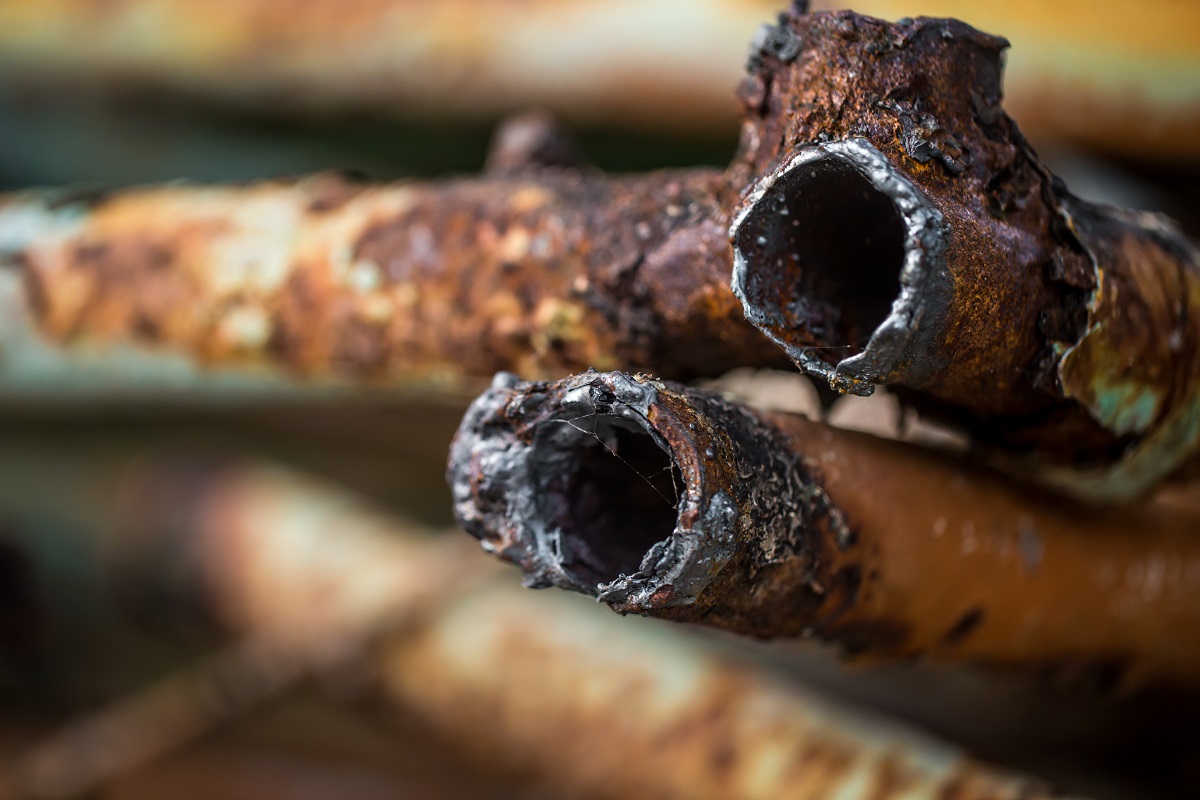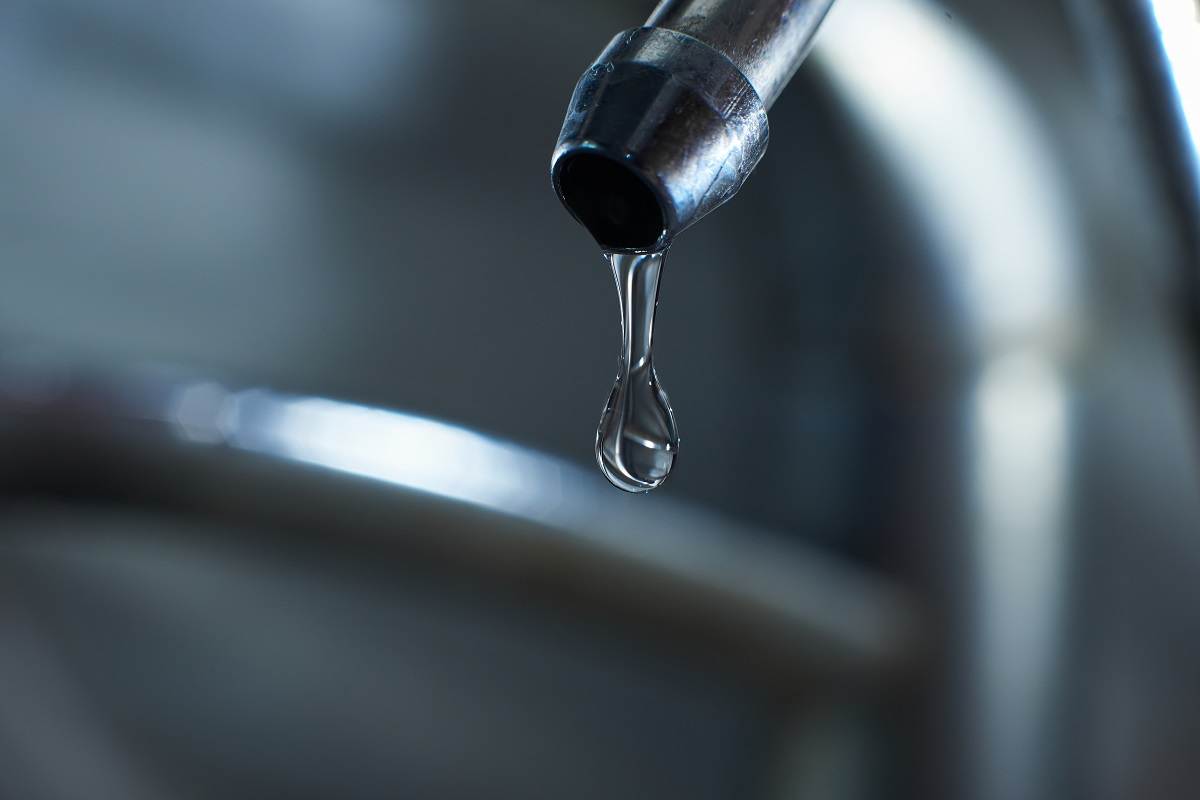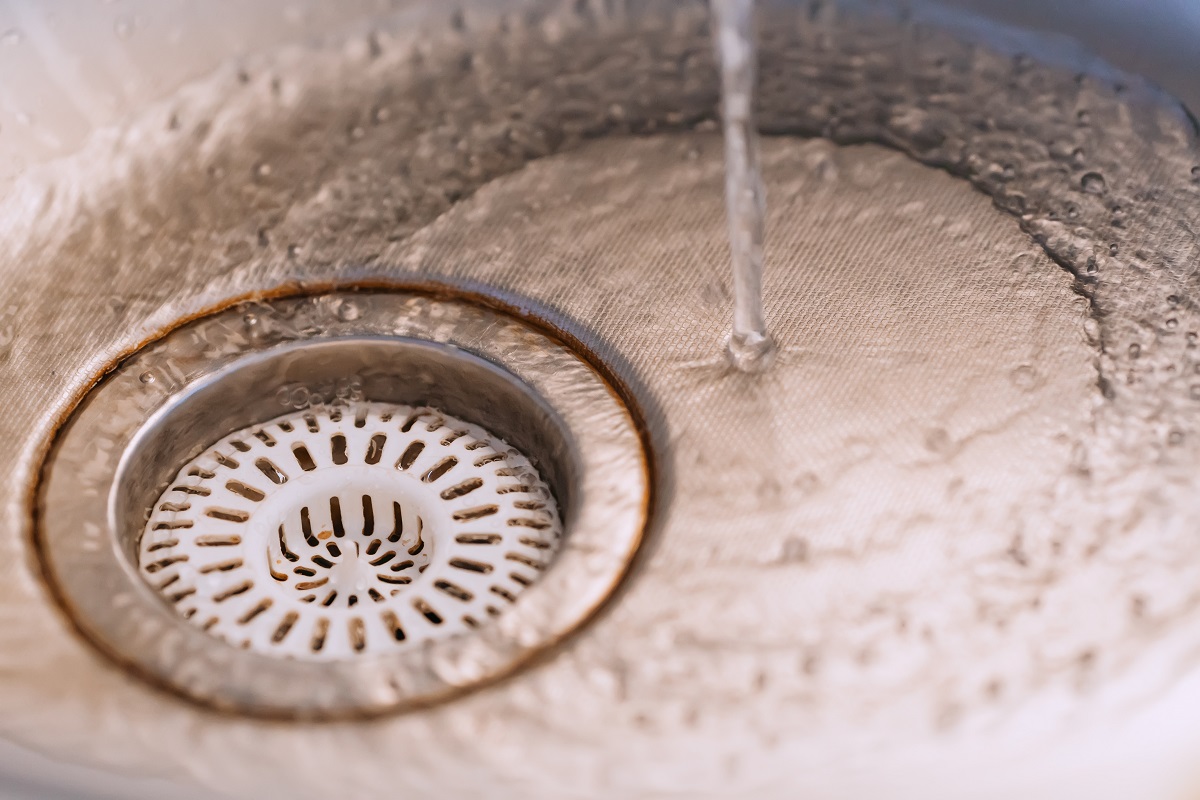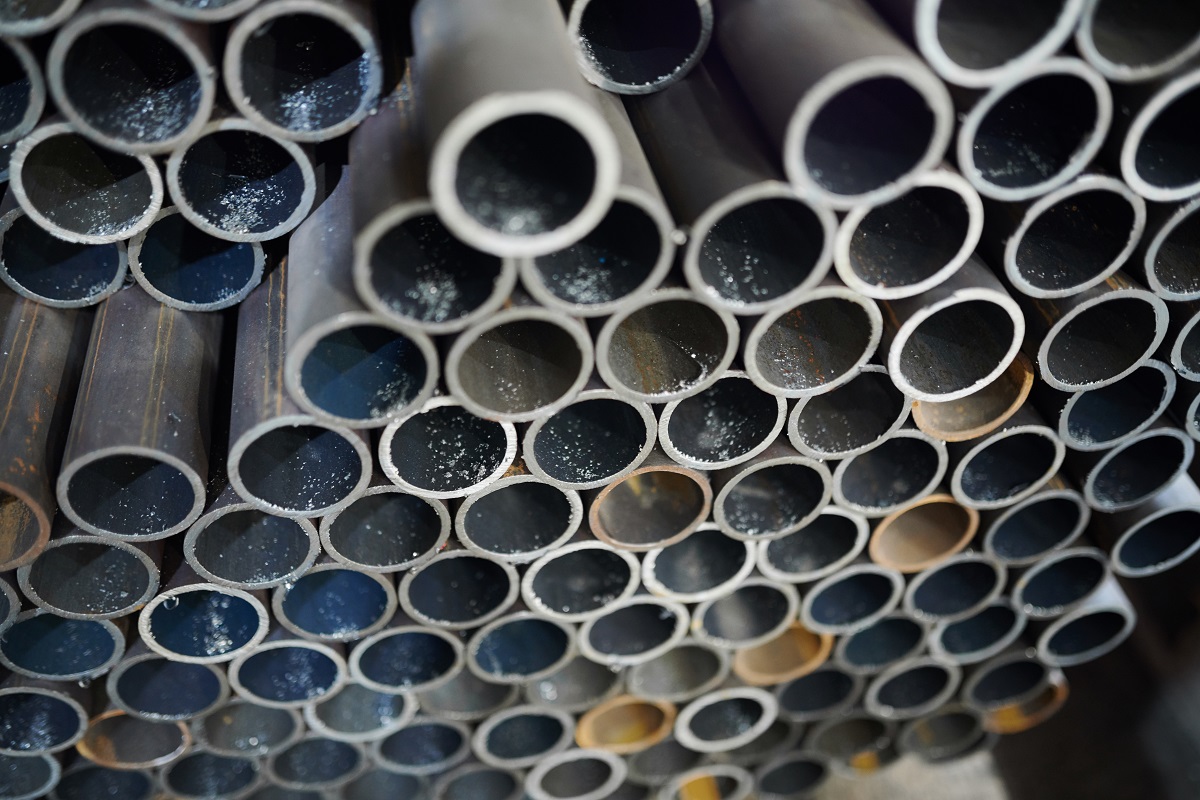
6 Signs That It’s Time to Replace Your Pipes
What are some of the signs to replace your pipes?
- Leaks
- Low water pressure
- Discolored water
- Clogged or slow drains
- Noisy pipes
- Consider the pipe material
Galvanized pipes are steel pipes dipped in a protective zinc coating. Designed as an upgrade to old lead pipes, these are used for a wide variety of applications. Given such versatility, you might be interested to know when to replace galvanized pipes.
Aside from the construction industry, there are other sectors that make use of galvanized pipes. This includes agricultural, architectural, automobile, safety, and even sanitary sectors. As an alloy of iron, galvanized pipes are designed to withstand wear and tear better.
If you have high-quality galvanized pipes, you can expect them to last for decades. However, there are some that have compromised quality. With that said, it would be wise to be familiar with the signs for replacement. Doing so reduces the risk of major structural damage. Read on to learn more about this!
Leaks
It goes without saying that cracks lead to leaking pipes. However, this is not always the case. There are situations wherein the pipes are not connected properly which causes them to develop a leak.
Initially, the leaks may be minor and contribute to only minimal moisture buildup. However, it can easily develop when exposed to higher levels of water pressure.
Conduct a thorough inspection of all pipes and water sources through your establishment. Contrary to popular belief, leaking pipes are not always easy to spot. They could be hidden inside walls, ceilings, and flooring.
If the pipes have cracks that cannot be repaired anymore, do not have second thoughts about replacing them. Leaking pipes can lead to costly structural damage.
Low Water Pressure

There may be times wherein low water pressure can root from an issue with your main water line. However, if you always seem to experience low water pressure, this could be a clear indication of pipe issues.
Many pipes used in older facilities are prone to low water pressure. Because of wear and tear, they are easily impacted by factors such as corrosion that collect and block pressure.
Low water pressure can also be caused by cracks and leaks throughout the pipeline system. If neglected, it could cause mold problems or worse, property damages.
Discolored Water
When you turn on the faucet, you would expect the water to be crystal clear. However, there are pipes that are prone to rust and cause a noticeable discoloration. Rust is oxidized iron and it can originate anywhere from the main plumbing line.
Once the water appears yellow, red, or brown, iron participles break free from the corroded steel pipes.
If left untreated, the collected deposits can cause clogging, which builds pressure. Over time, the rust build-up leads to bursting. If you don’t already know, rust build-up in pipes contributes to safety hazards as well. This is why it’s important to get your pipes replaced as soon as possible.
Clogged or Slow Drains

A clogged drain might not seem like a big issue, but it can indicate a more serious pipe condition. Sometimes, clogged drains occur because of poorly vented pipes.
In most cases, it becomes hard for the pipes to carry away waste debris. This is a typical pipe problem that should not be overlooked as it can make achieving tasks inefficient. This may be especially hassling for industries that rely on pipes to get rid of their production waste on a daily basis.
Noisy Pipes
Noisy pipes are a clear indication that your plumbing system has been compromised. This is the most common cause of damage to pipe joints. Once pipe joints are damaged, they inevitably comprise the structure of the whole pipe system itself.
There are different types of noise pipes which include banging, whistling, and thrumming. Among the three, the whistling is a sign of replacement. The issue arises because water is trying to pass through an obstruction or a small gap inside the pipes.
Consider the Pipe Material

Depending on when your establishment is built, galvanized pipes may need replacing. Standard galvanized pipes have an average lifespan of about 40 to 50 years. They are made with a tough zinc protective coating, making them durable and needing less maintenance.
However, there are galvanized pipe manufacturers that offer better products than others. For example, at Supreme Pipe, we make use of meticulous processes to enhance our products’ tensile strength, machinability, and corrosion resistance.
With that being said, consider replacing your old pipes with the ones that are of better quality.
Key Takeaway
If you’re wondering about when to replace galvanized pipes, check out the six telltale signs we’ve stated above.
Remember that you should never neglect minor signs such as leaks, low water pressure, discolored water, clogged drains, and noises. Doing so can result in costly structural damage.
Invest in superior quality pipes to maintain a longer pipe lifespan. At Supreme Pipe, we offer a wide variety of top-notch products for all your steel needs.
Click here to inquire about our products today.


